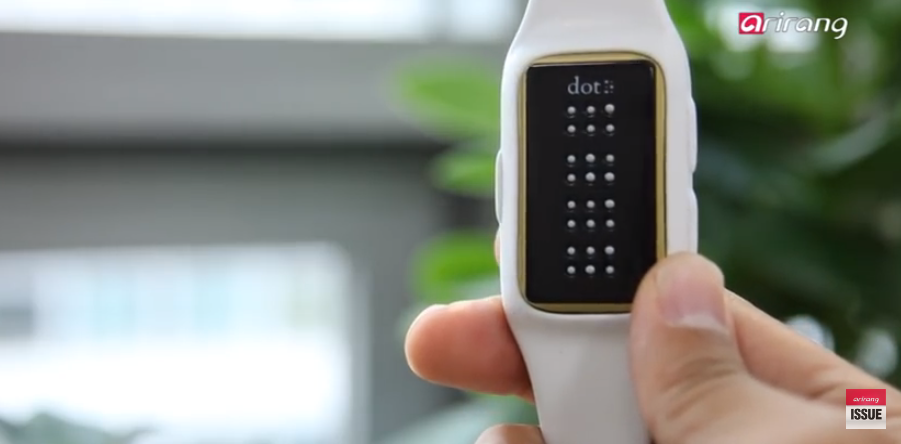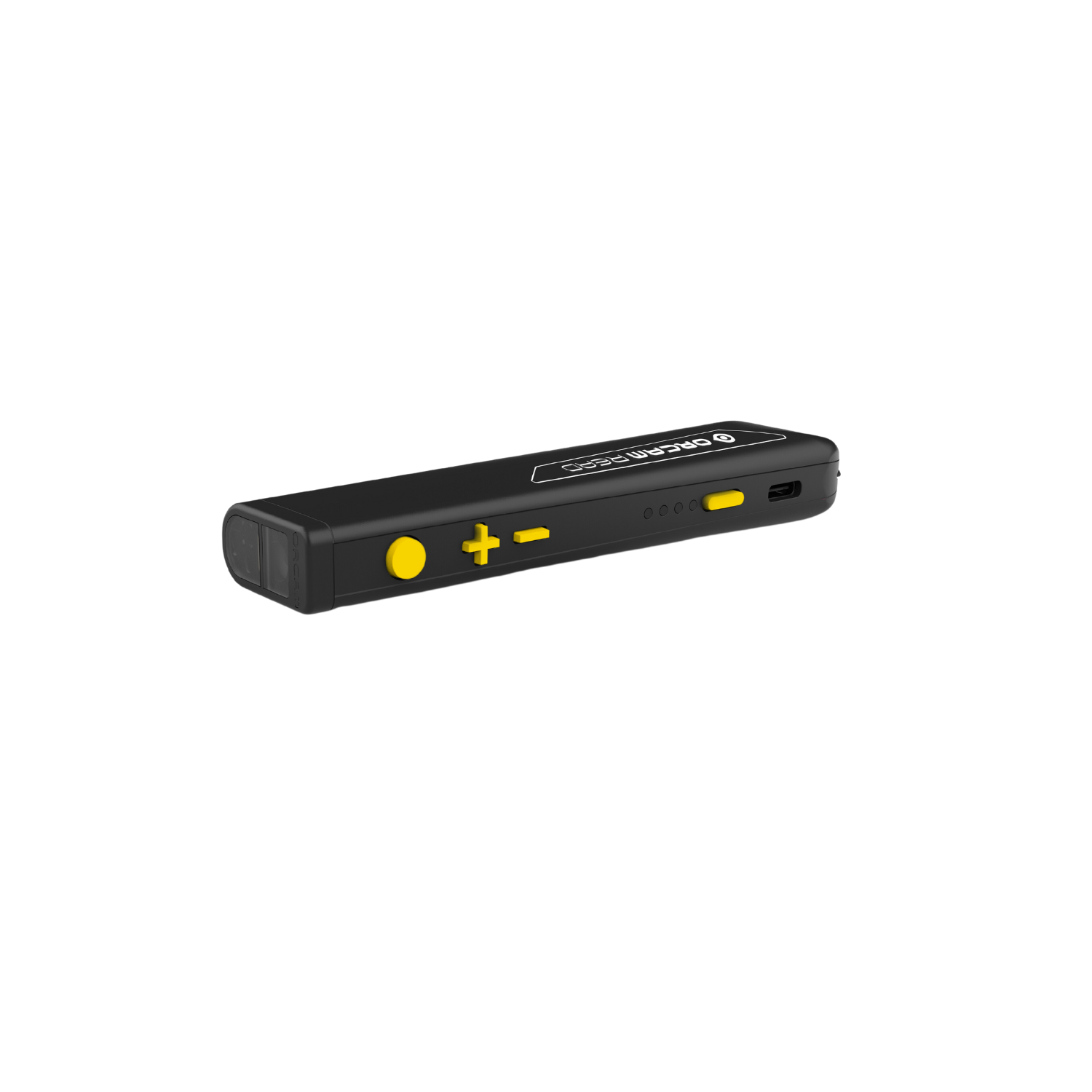Screen Readers for the Blind: Accessing Data Without Barriers
Screen Readers for the Blind: Accessing Data Without Barriers
Blog Article
Discover Ingenious Devices Created for the Visually Damaged
The development of ingenious devices for the visually damaged represents a significant improvement in availability and self-reliance. Technologies such as smart glasses with AI abilities and mobile applications designed to give auditory descriptions are improving day-to-day experiences for individuals.
Smart Glasses for Navigation

Smart glasses designed for navigation are revolutionizing the method visually damaged people engage with their atmosphere. These advanced tools make use of a combination of electronic camera innovation, artificial knowledge, and auditory comments to offer real-time information about surroundings. By utilizing obstacle discovery systems, clever glasses can alert users to possible risks, making it possible for much safer movement in both acquainted and unknown setups.
The integration of GPS modern technology further boosts navigation capacities, permitting individuals to get auditory instructions as they relocate. This hands-free strategy not only cultivates independence but likewise empowers visually impaired individuals to browse city landscapes with raised confidence. In addition, many clever glasses are equipped with attributes that recognize sites and street signs, providing contextual information that enhances the user experience.
Moreover, the advancement of these tools is continuously advancing, with companies functioning to enhance the accuracy of things acknowledgment and broaden the series of navigational features. As clever glasses come to be more available and cost effective, they hold the potential to substantially change day-to-day life for visually damaged users. Inevitably, these ingenious tools represent a critical step toward inclusivity, offering boosted mobility and a greater sense of autonomy for people navigating the world around them.

Mobile Application for Daily Living
Just how can mobile applications boost the day-to-days live of aesthetically impaired individuals? Mobile applications are changing the means visually impaired customers browse their atmospheres, manage everyday tasks, and accessibility info. These applications offer crucial assistance via various functionalities, cultivating self-reliance and boosting top quality of life.
A number of ingenious mobile apps are made specifically for day-to-day living. Applications like Be My Eyes link aesthetically impaired customers with sighted volunteers by means of video clip telephone calls, enabling them to obtain real-time support with jobs such as checking out tags or navigating strange rooms. Seeing AI, developed by Microsoft, makes use of synthetic knowledge to describe environments, reviewed text, and determine items, successfully transforming a mobile phone right into a powerful tool for day-to-day assistance.
Furthermore, navigating applications customized for the aesthetically damaged, such as Aira and BlindSquare, offer audio-based directions and ecological details, enabling individuals to traverse their environments securely and confidently. Past navigating and immediate assistance, mobile apps likewise sustain company and job management, with features that help individuals establish suggestions, create to-do lists, and track visits. In recap, mobile applications work as indispensable resources, equipping aesthetically damaged people to lead more independent and fulfilling lives.
Wearable Technologies for Support
Empowerment with innovation is progressively apparent in the world of wearable gadgets created to assist visually impaired people. These innovative devices incorporate flawlessly right into day-to-day life, enhancing navigating and giving essential feedback to users. For example, smart glasses geared up with video cameras can review and identify faces message aloud, enabling individuals to engage more confidently in social and professional setups.
An additional significant development is the use of haptic responses systems in wearable gadgets. These systems use vibrations or various other responsive signals to convey details concerning the individual's environment, such as barriers or modifications in terrain, boosting flexibility and security. Wearable innovations additionally consist of wristbands that attach to smartphones, informing users to alerts via refined resonances, therefore enhancing connectivity without dependence on visual signs.
As these innovations remain to advance, they are not only improving self-reliance for aesthetically damaged people but additionally promoting a greater sense of inclusion in culture. By linking the void in between obstacles faced in everyday living and the possibility for freedom, wearable modern technologies offer as pivotal devices in the mission for equal rights and empowerment for those with aesthetic problems.
Audio Description Devices
Sound summary devices play an essential duty in improving access for visually damaged people, supplying them with the capability to involve with aesthetic media. Screen readers for the blind. These devices offer narrated descriptions of vital visual elements in films, tv programs, and live performances, guaranteeing that customers can totally comprehend the context and emotions conveyed through visuals
Sound description can be integrated into different platforms, consisting of streaming services, movie theater testings, and live theater. Numerous preferred streaming services now include audio summary as an accessibility function, enabling viewers to choose it conveniently. In addition to conventional media, specialized apps likewise exist, offering audio summaries for art exhibitions, galleries, and various other social occasions.
The effectiveness of audio summary depends upon the skill of the narrators, that have to convey aesthetic information succinctly without diminishing the initial sound. Technologies in this area are also paving the way for more customized experiences, where users can adjust the level of information OCR devices for the blind and pacing according to their choices.
Braille Innovations and Devices
Braille technologies and devices have considerably changed the means aesthetically damaged people interact with text and info. Modern improvements have led to the advancement of functional devices that enhance literacy and independence among individuals.
Additionally, mobile Braille notetakers incorporate typical Braille input with contemporary performances, facilitating note-taking, organizing, and file modifying on the go. OCR devices for the blind. These compact gadgets often include text-to-speech capabilities, connecting the void between Braille and acoustic info
On top of that, ingenious Braille printers have arised, permitting individuals to generate Braille labels, records, and academic materials effectively. This accessibility promotes greater involvement in expert and educational atmospheres, eventually promoting inclusivity.
Moreover, research into wise Braille modern technologies continues to increase. Devices that integrate artificial intelligence are being checked out to give real-time navigation aid and contextual info, enhancing the customer experience in varied settings. On the whole, these advancements mirror a commitment to empowering aesthetically impaired people with technology, guaranteeing they can easily accessibility and involve with the world around them.

Final Thought
The advancement of innovative devices for the aesthetically damaged significantly improves freedom and top quality of life. Smart glasses, mobile applications, wearable innovations, audio description tools, and Braille advancements jointly encourage people by providing essential navigation support, ecological understanding, and boosted analysis experiences. These technologies not only foster higher inclusion yet likewise promote freedom in day-to-day tasks, inevitably adding to an extra fair and accessible society for aesthetically impaired people. Proceeded growth in this area holds assurance for more improvements.
As smart glasses become much more economical and accessible, they hold the prospective to substantially transform day-to-day life for visually damaged users. Mobile apps are reinventing the method aesthetically damaged customers browse their settings, take care of day-to-day jobs, and access details. Applications like Be My Eyes attach aesthetically damaged users with sighted volunteers by means of video calls, enabling them to get real-time assistance with jobs such as reading tags or navigating strange areas.Additionally, navigating apps customized for the aesthetically impaired, such as Aira and BlindSquare, offer audio-based instructions and environmental info, enabling customers to traverse their surroundings securely and with confidence.The innovation of ingenious devices for the visually damaged considerably boosts self-reliance and top quality of life.
Report this page